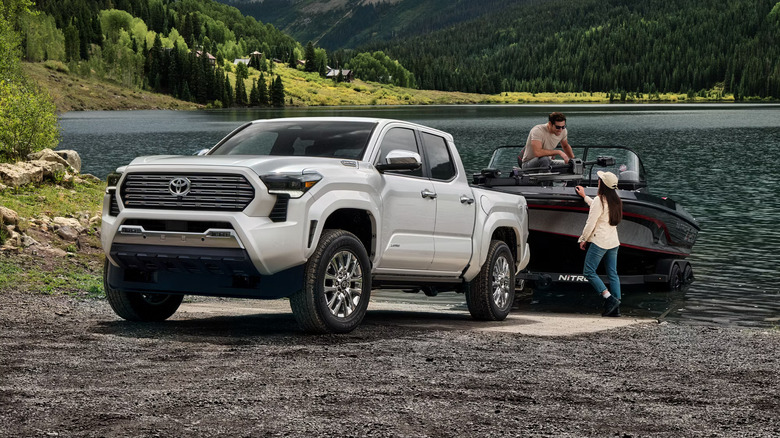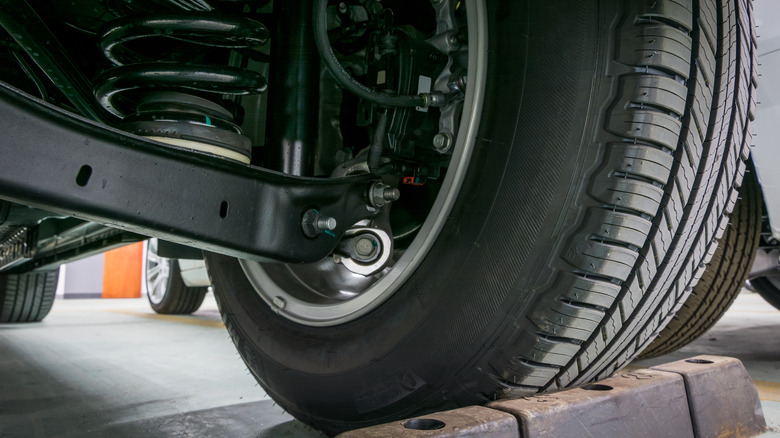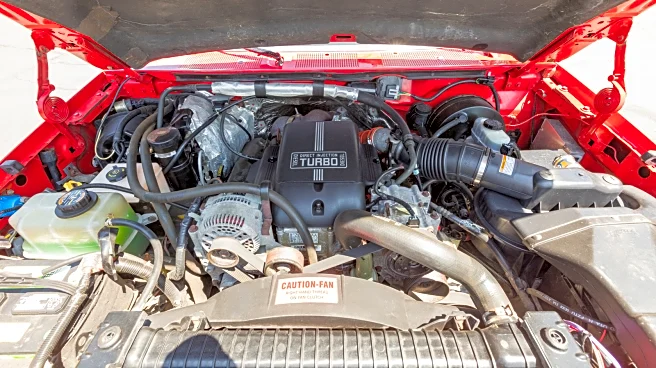
Modern vehicles are designed to handle a couple of extra passengers in the backseat, a packed trunk, or even a few hundred pounds of tools in the bed. However, if you've ever watched your truck sag a little bit under the weight of a heavy load or felt the steering get lighter when towing a trailer, you may have brushed up against the limit of what your vehicle can safely support. A car can only carry so much weight, but its limits aren't designated by just one big number. Each axle on a car has individual
weight ratings, and that's where GAWR comes in. GAWR, short for gross axle weight rating, tells you the maximum weight that can safely be carried on a single front or rear axle.
The GAWR is calculated using not just the weight of the axle and wheels, but also the portion of the vehicle's total load that sits on that end, including passengers, cargo, and in the case of trucks or SUVs, the tongue weight of a trailer. This measurement is tested and certified by the manufacturer. You'll typically see front and rear GAWRs listed separately inside your driver's side door or in the owner's manual.
Read more: 9 Tire Brands Owned By Michelin
The Difference Between GAW, GVWR, And GAWR

Gross axle weight (GAW) is easy to confuse with GAWR, or even GVWR (gross vehicle weight rating). GAW, which you can measure by driving your wheel over a truck scale, refers to how much of your cargo's weight is currently pressing down on an axle, so that number changes depending on how you load your vehicle. Meanwhile, a car or truck's GVWR is the total combined weight it can safely handle. GAWR will tell you how that weight has to be distributed across your axles.
Let's say you have a truck with a GVWR of 7,000 pounds, and both the front and rear GAWRs are 3,500 pounds each. If you load 4,000 pounds of cargo directly over the rear axle, you've gone well over the rear axle's GAWR -- even though you're still under the truck's GVWR. That puts too much stress on the suspension, wheels, and tires on that end, which can lead to uneven wear, blown shocks, or even a crash.
Tongue weight from safely towing a trailer or camper will also push directly onto the rear axle, which counts toward GAWR just like any cargo. That's why manufacturers are required to calculate GAWR based on the load-carrying capacity of each axle and to clearly list it on the sticker inside the driver's door. You can't raise your GAWR, either, as it's a factory-certified rating. If you're adding gear, tools, or even custom upgrades like bigger aftermarket tires, it's a smart idea to visit a public scale and check your front and rear axle weights beforehand.
Want the latest in tech and auto trends? Subscribe to our free newsletter for the latest headlines, expert guides, and how-to tips, one email at a time.
Read the original article on SlashGear.










